Can experimental processing help coffee producers overcome challenges at origin?
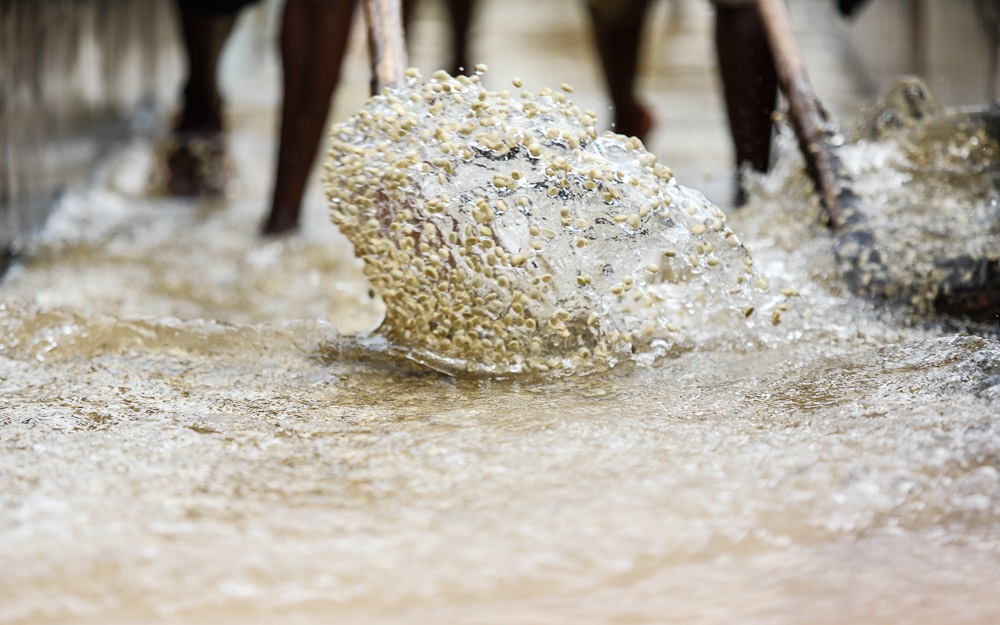
In recent years, specialty coffee’s fixation on experimental processing methods has only continued to grow – and shows no signs of slowing down, too. Both industry professionals and consumers enjoy these coffees for their unique and complex flavours.
With demand for experimentally processed coffees increasing, a small but growing number of producers are starting to implement more complex processing techniques on their farms. When done right, these methods can result in distinctive sensory profiles – and even improve coffee quality.
However, this is sometimes easier said than done. Without the right level of support and access to resources, some smallholder coffee farmers can struggle to carry out experimental processing methods successfully.
To find out more about how experimental processing techniques can help coffee producers – as well as the level of support they may require – I spoke to Jeanine Niyonzima-Aroian, founder of JNP Coffee. Read on for more of her insight.
You may also like our article on how fermentation results in fruit flavours in coffee.
Why have experimental processing techniques become so popular in specialty coffee?
Before we explore why demand for experimentally processed coffees is rising, we first need to break down how we define experimental processing methods.
Although these techniques have been used by farmers in many producing countries for some time now, there is no formal term or definition for them. We can, however, describe them as processing methods which aim to create different sensory experiences.
For instance, some prominent characteristics of experimentally processed coffees include:
Wine-like or “boozy” flavours
Intense fruit flavours, including more pronounced tasting notes of tropical fruit
Creamier and enhanced mouthfeel, as well as more yoghurt-like flavours
Ultimately, the processing method largely determines the final cup profile. There is a growing number of different experimental processing techniques – including carbonic maceration and thermal shock. But one of the most popular is anaerobic fermentation.
This is when farm workers ferment coffee in hermetically-sealed containers, such as large tanks, plastic barrels, or plastic bags. Producers can then place these containers in temperature-regulated storage areas or water tanks.
The oxygen-free environment means microorganisms will break down the sugars more slowly, so the fermentation process will take place at a reduced rate. As a result, anaerobically fermented coffees taste more complex and nuanced.
Producers can choose to carry out anaerobic fermentation in different ways. For instance, natural anaerobic fermentation uses whole cherries, which can be fermented for as long as 96 hours. Washed anaerobic coffees, meanwhile, are fermented with no skin, flesh, or mucilage on the beans. This typically results in cleaner flavour profiles.
Rising demand in the market
It’s been hard to ignore growing interest in experimental processing methods in recent years. In specialty coffee shops around the world, it’s becoming more and more common to spot at least one experimentally processed coffee on menus, which baristas usually serve as pour overs.
There’s good reason for this rise in demand. Processing methods like anaerobic fermentation can create more unique and interesting flavour profiles, which often pique the interest of many industry professionals and consumers.
As these techniques usually require more upfront investment from producers – and are also marketed as more premium and high-end products by roasters – farmers often sell them for higher prices.
“Most experimental processing techniques are currently carried out on a small scale because they require a certain level of investment and commitment from producers,” Jeanine says.
She explains how JNP Coffee, a US green coffee importer which sources exclusively from Burundi, has supported smallholder coffee farmers in the remote Muyinga province to test out natural anaerobic fermentation processing methods with high levels of success.
“Producers use Bourbon, as well as other similar varieties such as Jackson, Kent, and Mibirizi,” she tells me. “We also anaerobically ferment different lots for 24, 48, and 72 hours, respectively.”
Jeanine says the producers were inspired by practices used in other coffee-growing regions of Burundi, where farmers will seal whole cherries inside of plastic bags to ferment, and then dry them on raised beds.
“We began using these processing techniques when we started to grow coffee in places where there was no access to a wet mill, but farmers still needed somewhere close by to process their cherries,” she explains. “We then discovered these methods resulted in some interesting flavour profiles.
“Producers used both 48 and 72-hour anaerobic fermentation methods, which resulted in sweeter flavours,” she adds.
Can experimental processing methods help smallholder producers overcome challenges?
It’s important to note that producers in different coffee-growing countries face their own unique set of challenges. Many difficulties, however, stem from an overall lack of access to resources to improve coffee quality and yields. In fact, around 44% of the world’s smallholder coffee producers are living in poverty.
Looking at Burundi specifically, the World Food Programme reports that some 70% of the country lives below the poverty line, with many people experiencing food insecurity, too. Although the reasons for this are incredibly complex, they largely originate from Burundi’s colonial history.
Coffee was first introduced to Burundi in the 1930s when the country was under Belgian colonial rule. Many farmers were forced to grow coffee, and few were paid for their labour.
Although Burundi became independent in 1962, decades of civil unrest and political instability have left many coffee producers unable to scale production sustainably. Moreover, agriculture is the main source of income for at least 80% of Burundi’s population. This means improving coffee quality and yields is especially important.
Processing methods as a means to improve quality
According to the Coffee Quality Institute: “post-harvest processing has the potential to not only preserve quality and food safety, but to create flavours and add significant value [to coffee]”.
Burundi is renowned for growing coffees with fruit-forward flavours, as well as sweeter and brighter flavour profiles. But using experimental processing techniques such as anaerobic fermentation has allowed producers to unlock new sensory experiences.
“These processing methods are incredible opportunities for Burundian farmers because there’s plenty of demand for natural anaerobic fermented coffees,” Jeanine says. “These techniques have helped us to develop sensory profiles with accentuated fruit and floral notes, as well as a more pronounced body.
“Based on different fermentation times, we have also experienced more wine-like flavour notes,” she adds.
In theory, this means producers can add more value to their coffee and sell to a broader range of buyers in different markets – potentially for higher prices, too.
Receiving the right support
For coffee producers to implement experimental processing methods sustainably, they ultimately need better access to resources and financial support.
This is largely because there is a higher level of risk with carrying out processes like anaerobic fermentation. If farmers don’t control a wide number of variables, it’s all too easy to over-ferment coffees. This will result in undesirable flavours like overripe fruit or soured yoghurt.
For this reason, many farmers only process smaller batches of coffee using these methods to improve quality control. However, this can be costly for them.
Jeanine explains how JNP Coffee worked with a local quality control specialist who provided technical guidance and assistance to local producers. With more rigorous systems in place, farmers were able to improve both quality and consistency.
She adds that JNP Coffee has also started providing quality control training to all its partner farms and wet mills to teach best practices for drying and carrying out experimental processing methods, specifically anaerobic fermentation.
Will more producers start to use experimental processing techniques in the future?
Given that the market for experimentally processed coffees is only continuing to grow, it’s likely the number of farmers using these methods will steadily increase in many producing countries.
Within the context of Burundi, the country’s high altitudes and volcanic soil, as well as the popular double-washed processing method, result in clean and juicy flavours. However, diversifying from traditional processing methods can also benefit Burundian farmers.
Because of this, Jeanine believes that more producers in Burundi will start to implement more experimental processing techniques. However, she emphasises the need for better support, especially with providing educational resources and the necessary equipment.
“Both of these are essential if producers are to grow high-quality coffee,” she says. “When producers have the right equipment, they can showcase what’s possible in terms of quality and flavour.”
Addressing context-specific challenges
There are many benefits to producing experimentally processed coffees, but it’s important to note that not all farmers will reap the same level of rewards. In fact, without the right resources in place, some producers may not be able to turn a profit.
In Burundi, for example, many farmers have to walk for miles to the nearest wet mill to process their coffee – which makes it extremely difficult to use the traditional (and time-consuming) double-washed processing method.
Natural anaerobic fermentation, meanwhile, requires less water. Moreover, producers often don’t need to use equipment to depulp cherries.
“In remote areas where access to water is scarce, anaerobic fermentation can be a wonderful opportunity for producers,” Jeanine says.
While experimental processing only makes up a small percentage of coffee production, the market for these coffees is certainly growing. So it follows that some producers may be able to leverage these processing techniques to add more value to their coffee.
However, the most important consideration is that farmers have the capacity and resources to implement these methods successfully, especially after first testing them out in small batches.
Enjoyed this? Then read our article on whether you should brew experimentally processed coffees differently.
Photo credits: JNP Coffee
Perfect Daily Grind
Please note: JNP Coffee is a sponsor of Perfect Daily Grind.
Want to read more articles like this? Sign up for our newsletter!
The post Can experimental processing help coffee producers overcome challenges at origin? appeared first on Perfect Daily Grind.
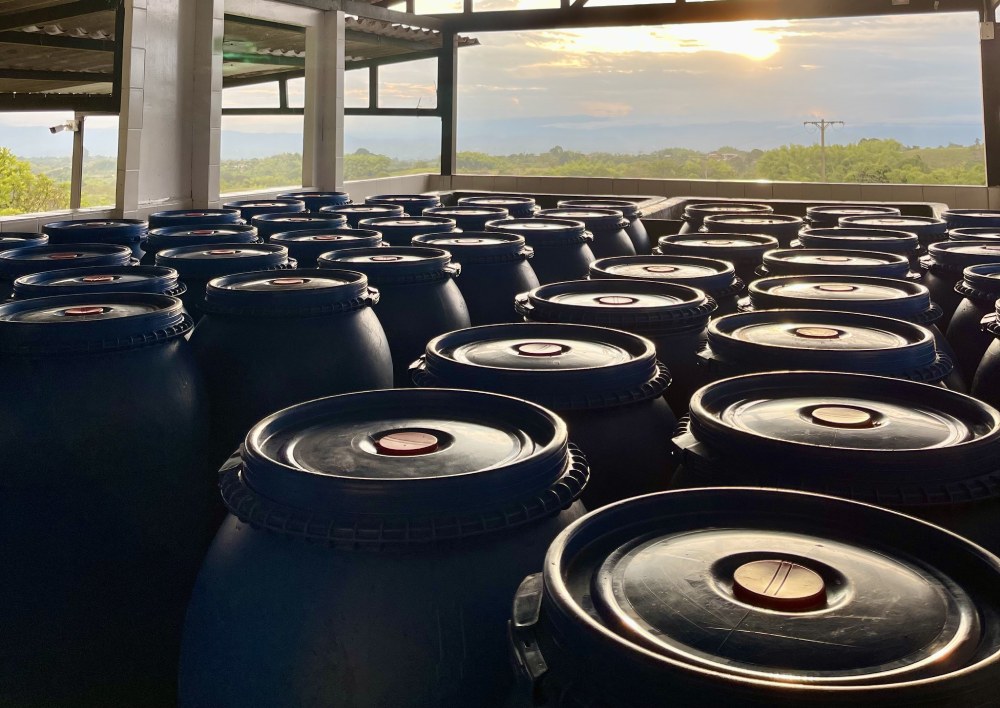
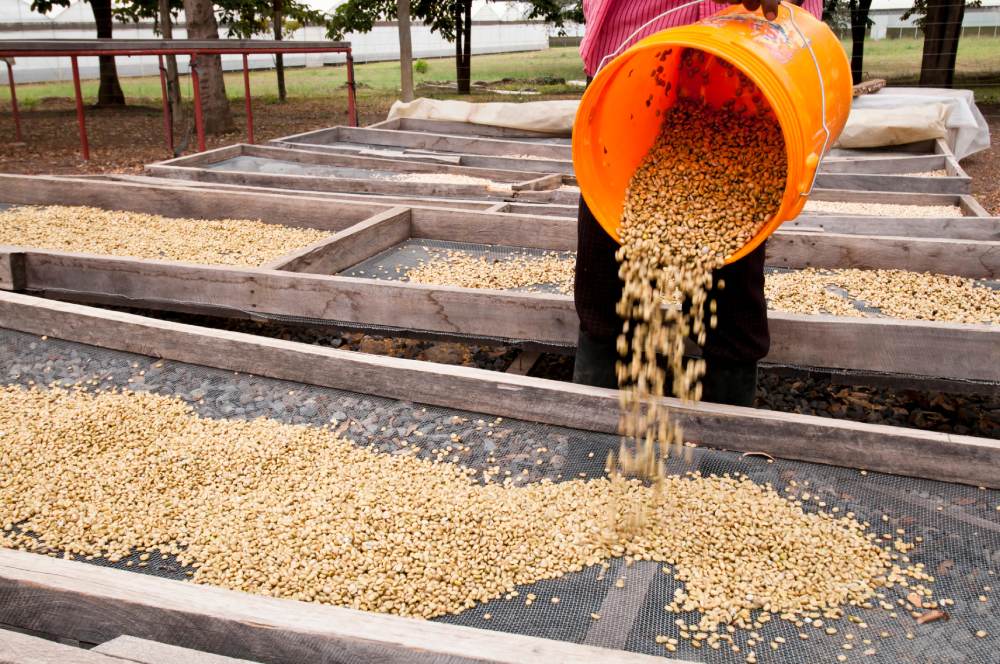
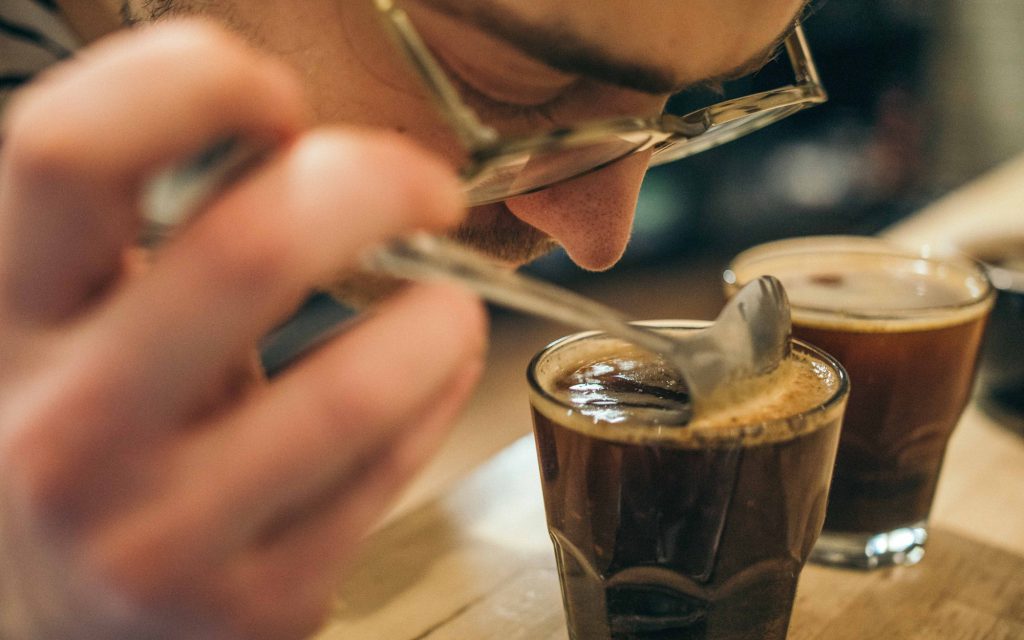
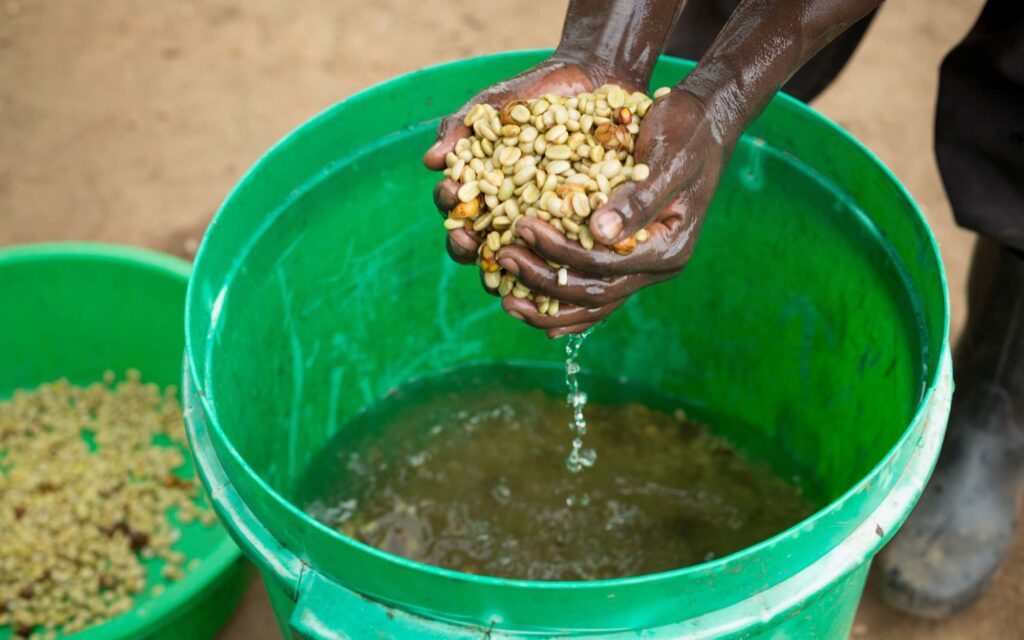
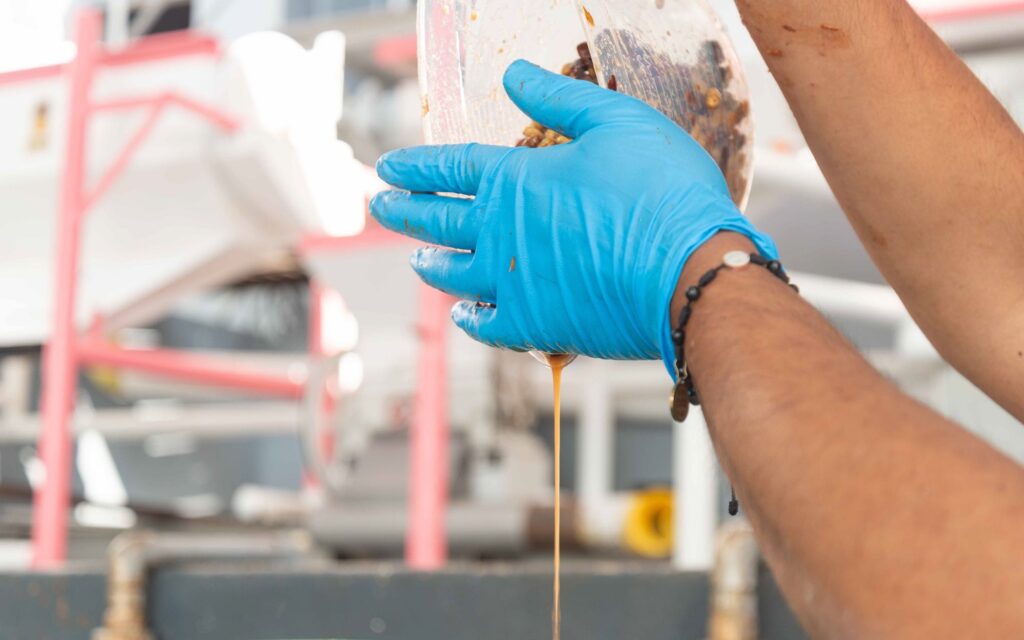
Responses